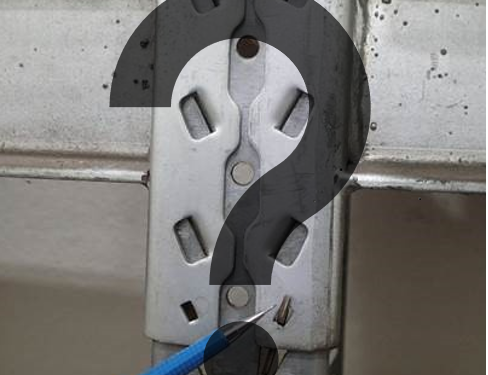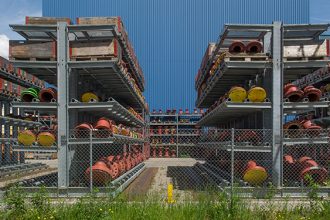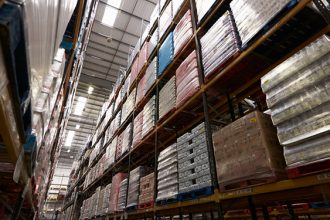Identifying Your Used Racking

While used racking can be a bargain, it’s essential you understand its origins.
If you’ve just moved into a brownfield facility, odds are you are getting more than its four walls—you’ve probably inherited its rack systems, as well. While that can be a big cost savings for you, it does come with risk. Or perhaps you’ve bought used rack from a seller separate of a facility. To lower the odds of failure or other issues, it’s important to trace its origins as best you can.
The load capacities of different storage systems will vary widely from one manufacturer’s model to another. The site will also play an important role in what your new (used) racks can handle—seismic, wind, and snow conditions will all factor into what your racks are designed to manage. A rack that works in one part of California won’t necessarily work in another, for instance. Another potential hitch is rack that has been modified from its original configuration.
Ideally, your purchase will include information on the equipment within the facility, but often, that’s not the case. A purchase order or invoice would be your best source for identifying the manufacturers, as would a load plaque displayed on the end of the rack.
Without any of those identifying sources, however, you’ll need to play rack detective. A few clues to look for when identifying mystery rack include:
- LARC drawings—this is an ANSI MH16.1 requirement, so hopefully it will be easy to locate on the rack system.
- The material or construction of the rack—is it roll-formed or structural steel? Some manufacturers only make one or the other.
- Rack column design and steel thickness—again, these may be specific to a manufacturer.
- Column hole geometry—most manufacturers will use only one type, whether teardrop, round, square, or rectangular.
- Beam connector geometry.
- Fasteners—some can be proprietary. Look at the nuts and bolts, clips, or other fasteners.
- Stampings or markings on the columns, beams, or other components. Many makers will put their own special markings on their racks.
In some cases, you may encounter a “frankenrack,” one that is made up of a mixture of components. It’s still standing, so it’s seemingly solid, but the odds that it will be up-to-task with your specific requirements are not very high. It’s also more difficult to identify manufacturers and capacity ratings. This is a case where you might need to scrap the entire rack and start fresh.
If you can’t determine who made your racks or what the load capacities are, reach out to a local distributor and ask them to have a look. If they can’t make a confident identification of the manufacturer, they will at least have enough experience to tell you what loads and capacities a rack should be able to handle, following an inspection.
Keep in mind that when buying used racks, there’s likely been some damage over the years of its lifetime to date. Have an engineer or distributor look it over for that, as well, and determine how to repair it for safety and reliability. Used racking can be a great cost saver, but it also comes with risk—do all you can to lower that level.


